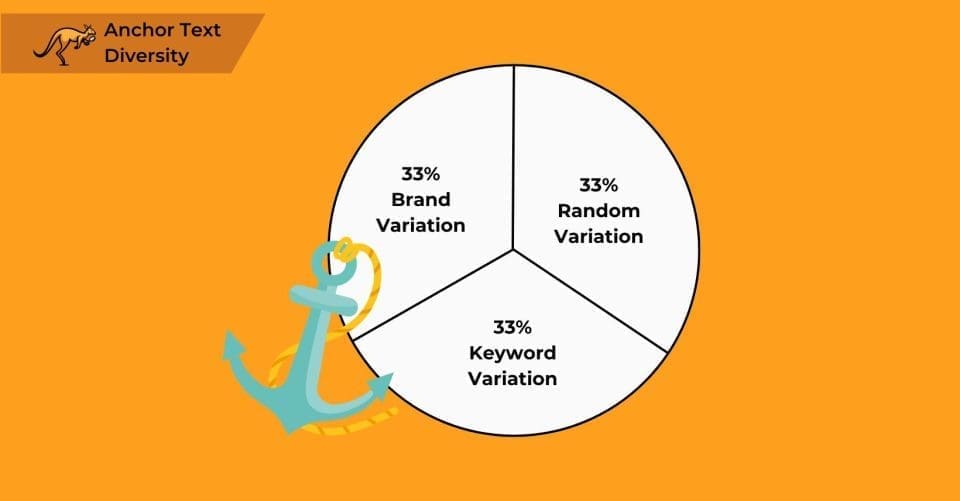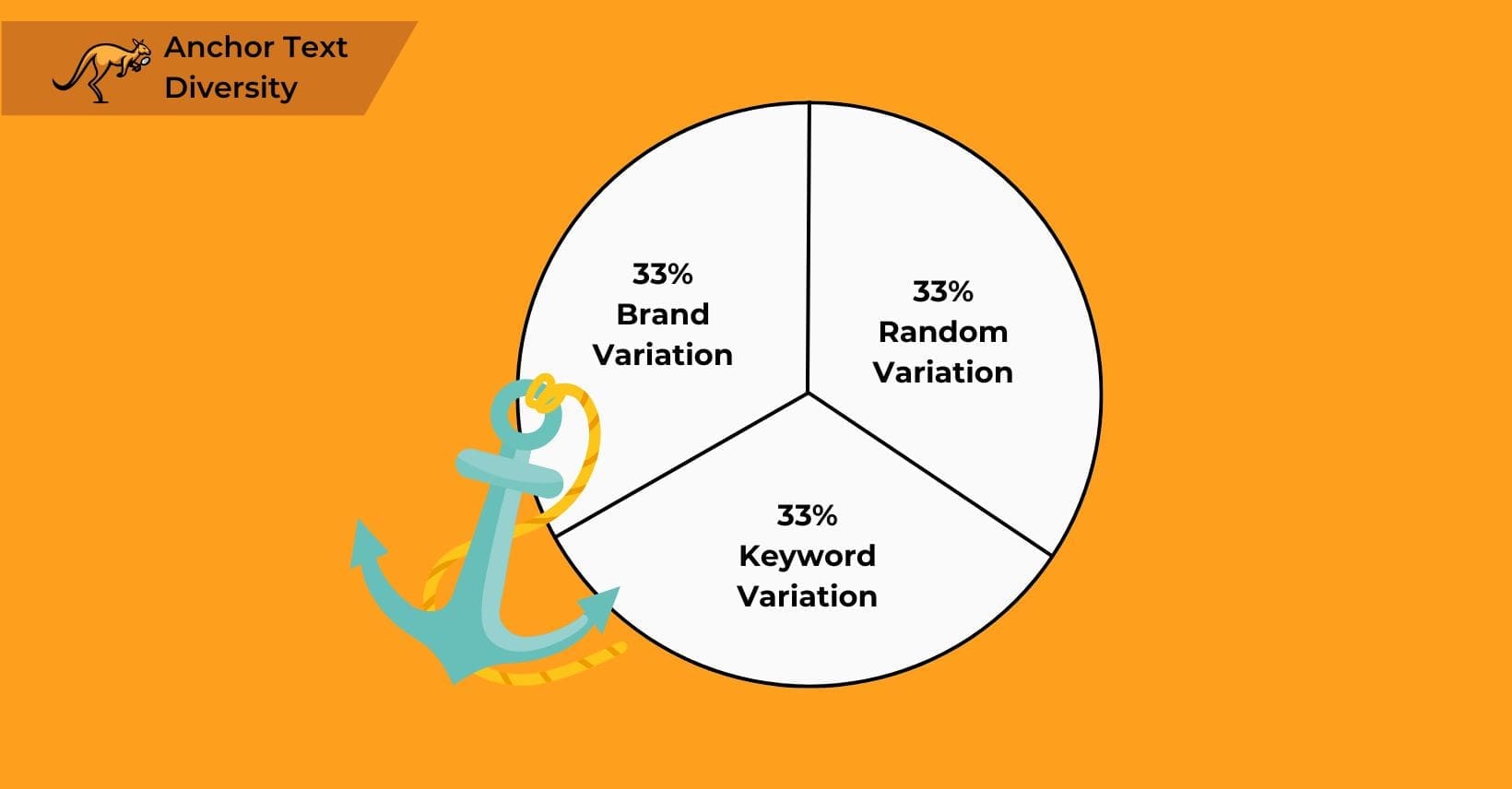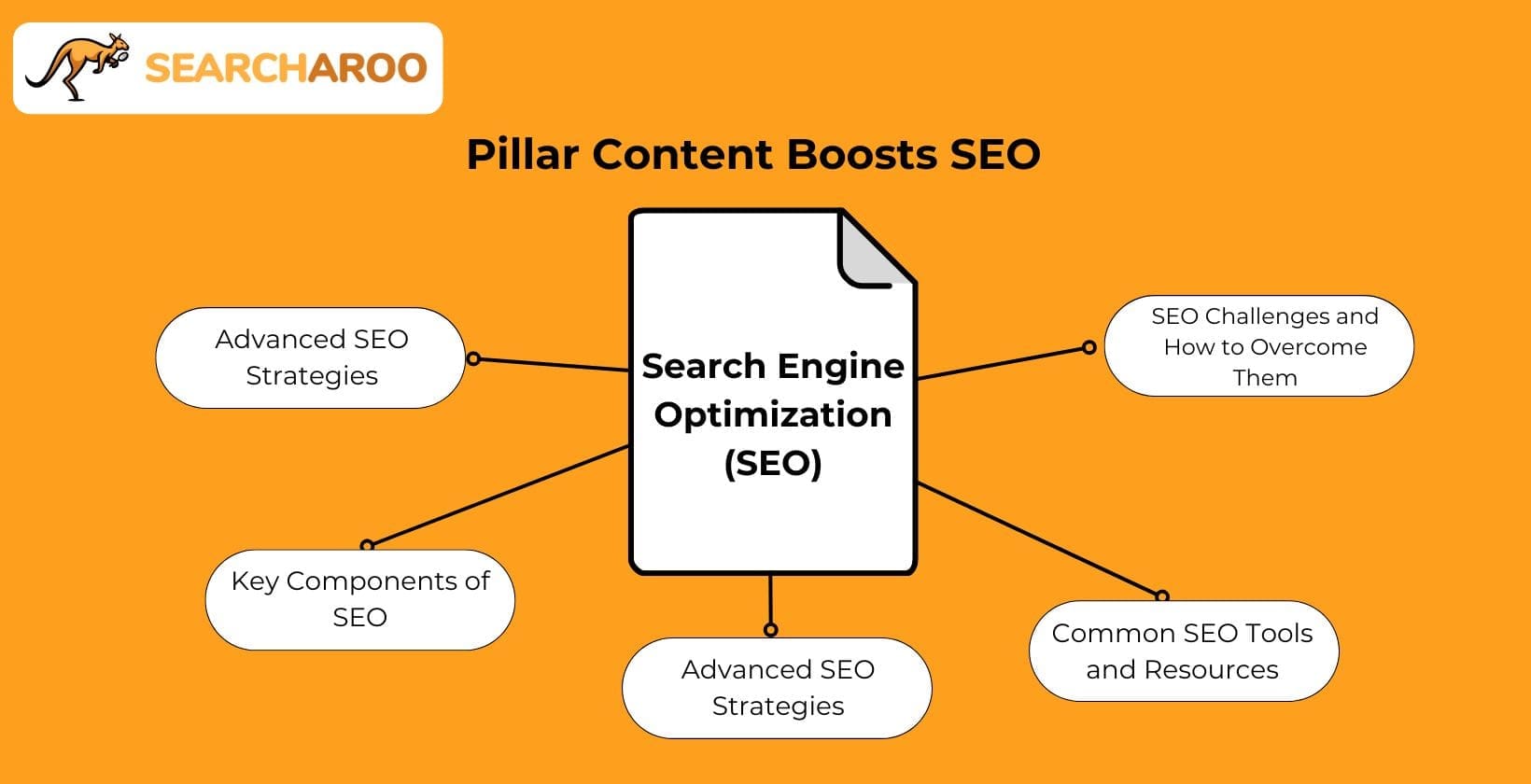Are you aiming to see your website rise to the ranks on search engine results pages? Implementing search engine optimization (SEO) is a smart strategy for achieving this.
To boost your SEO effectively, consider the role of anchor text diversity.
For those versed in SEO, the value of backlinks in achieving higher search rankings is well-known.
However, you might not be aware that the anchor text used within these backlinks plays a pivotal role in your SEO success.
Similarly, the domain authority of a linked website and its relevance to your content are key factors that influence how search engines, like Google, assess your site.
The variety in your backlink profile’s anchor text also impacts your SEO outcomes.
We will now explore how search engines interpret anchor text, shedding light on aligning your anchor text variations with your content themes to maintain prominence in the SEO community.
What is anchor text, and why is it crucial for your SEO strategy? Let’s find out.
What Is Anchor Text?

Anchor text is the visible letters and words shown in the clickable text that hyperlinks to another page or site online.
It normally displays as blue text with an underline, but you can modify the colors and styles of links displayed on your website using HTML or CSS.
Anchor text can give useful information about the content of the link’s target destination to both search engines and human users.
External anchor text, which appears on other websites linking to your pages, represents how others perceive your content and signals topical relevance to search engines, whereas internal anchor text exists within your own website where you maintain complete control over its optimization and contextual relevance.
Types of Anchor Text
There are several different types of anchor text that you should be aware of if you want to optimize your site and achieve higher rankings.
Let’s look at the most important anchor texts to help you with your link-building.
Exact Match Anchor Text
Exact match anchor text directly pairs the target keywords on the target page with those used in the anchor text.
This method is straightforward and makes it easier for users to understand the connection between the link and the content it leads to.
However, excessive use of this technique may result in keyword stuffing and over-optimization, potentially harming the page’s search engine rankings.
On a related note, the next section will explore how blending these keywords can avoid such pitfalls.
Partial Match Anchor Text
Partial match anchor text incorporates a related keyword that aligns with the target page’s content instead of mirroring it exactly. Part match text is key in a strategy to vary your anchor text. This approach broadens the reach and subtly enhances how search engines assess a page’s relevance. As we consider the impact of such strategies, it becomes clear how subtle variations in our approach can influence the visibility of web content.
Generic Anchor Text
Generic anchor text utilizes non-specific phrases instead of keywords or brand names. Commonly seen as “click here,” it serves as a placeholder without direct relevance to the target content.
Such text simplifies linking while remaining broad in its appeal and function. As we look ahead, it’s worth exploring the role of naked link anchor text and how it compares in usage and effectiveness.
Naked Link Anchor Text
Naked links, or URLs displayed without any text alteration, simply appear as the web address itself—such as www.google.co.uk. While straightforward, these types of links offer less value for search engine optimization.
Branded Anchor Text
Branded anchor text is used by many sites with significant business needs. This is a term that refers to linking using text that is simply the company name or brand name of the target website.
Image Alt Text
When linking through an image, Google identifies the image’s alt text as the anchor text. Crafting this alt text with SEO in mind is important since it serves as the hidden link text, unlike visible text like a brand name.
This technique shapes how your content connects with search engines and influences visibility. Speaking of connections, understanding the role of anchor text extends beyond simple linking—its influence on SEO is why its proper use cannot be overlooked.
Why Does Anchor Text Matter?
SEO experts recognize the importance of links, both internal and external. Yet, the question arises: Should the text of these links, known as anchor text, be a focus of attention?
Absolutely. Anchor text is crucial because it influences how search engines understand and rank web pages.
Defined as the clickable text in a hyperlink, anchor text is a significant ranking factor. It enhances search engine optimization (SEO) by providing insights into the linked page’s content, acting as a strong signal of relevance.
This, in turn, can affect how a page appears in search results.
Search engines interpret anchor text as contextual signals about the destination page’s content, with Google specifically analyzing these text patterns to determine relevance and subject matter as confirmed by multiple Google patents that underpin their ranking algorithms.
Neglecting to use anchor text effectively or generic phrases like “click here,” is often viewed as a poor SEO strategy. But beyond just using anchor text, how varied should it be?
What Is Anchor Text Diversity?

Anchor text diversity refers to the practice of using varied words and phrases in clickable links that direct traffic to your website, which prevents over-optimization while creating a natural backlink profile that search engines favor.
Anchor text diversity strengthens your backlink profile by preventing search engines from flagging your site for manipulation, which occurs when the same anchor text appears repeatedly across your backlinks.
Maintaining a varied anchor text profile is crucial since every link pointing to your site should ideally add value, not just exist.
Different websites will link to yours using various terms, and this variety looks more natural to search engines like Google.
One key challenge in managing anchor texts is not controlling how others link to your site. It requires vigilance to ensure all incoming links contribute positively to your site’s health.
As we go into these details, it becomes clear that excessive focus on perfecting a single aspect of SEO, like anchor text use, might lead to complications. Thus, the perils of over-optimization come into play.
The Perils of Over Optimization
Non-diverse anchor text patterns signal to search engines an attempt to manipulate rankings, which can trigger algorithmic penalties or manual actions that significantly reduce your website’s visibility in search results.
Integrating the target keyword or search phrase for search engine visibility is crucial. Yet, excessive repetition might flag your page as spam, harming your search engine ranking.
Implementing a variety of anchor texts can enhance your site’s perceived natural linking and authority, potentially boosting your SERP standing.
Moreover, this variety helps safeguard against penalties for over-optimization linked to using too many exact or partial match anchor texts.
Over-optimization penalties for anchor text include ranking decreases, reduced visibility for specific keywords, or complete removal from search listings, which Google implements when detecting unnatural patterns that violate their quality guidelines. To avoid negative impacts, reviewing each backlink, whether from natural accrual or deliberate outreach, ensures each contributes positively to your site’s health.
As you improve your approach to backlink evaluation, understanding how to utilize anchor text diversity effectively can become a key strategy for optimizing your SEO efforts.
How to Make Use of Anchor Text Diversity for SEO
Utilizing a variety of anchor texts for each link is crucial to effectively drawing in non-branded search traffic and bolstering your backlink profile.
Balancing keyword-rich anchors with diverse link texts can significantly enhance your SEO efforts.
Google places high importance on the relevance of anchor texts in links, whether in blog posts or product pages. If the link text fails to match the topic, its impact on search engine rankings diminishes.
Google evaluates anchor text relevance by analyzing both the link text itself and the surrounding content context, which means anchor text gains value when the surrounding paragraph contains topically relevant terms even if the exact keyword match isn’t present in the link itself.
The optimal anchor text distribution includes approximately 30-40% exact match anchors, 30-40% partial match anchors, with the remaining 20-40% divided among naked URLs, generic phrases, branded terms, and related keywords to maintain a natural link profile.
As part of your strategy, every backlink—whether gained naturally or through outreach—must be carefully reviewed to ensure it supports rather than detracts from your objectives.
With these practices in place, you’re well-prepared to understand the broader impacts of SEO strategies, leading to the next key discussion: evaluating your overall SEO performance.
The Strategic Spectrum of Anchor Text Diversity
In the complex world of SEO, understanding and implementing anchor text diversity emerges as a crucial strategy for enhancing your website’s visibility and search engine ranking.
As we’ve explored, the careful selection and variation of anchor text—ranging from exact matches to generic phrases—plays a vital role in how search engines interpret and value your site.
You can create a more natural and authoritative backlink profile by integrating a mix of exact, partial, branded, and generic anchor texts.
Moreover, the importance of monitoring and optimizing each backlink cannot be overstated, as it ensures every link uplifts rather than undermines your SEO objectives.
Embracing this multifaceted approach aligns with best practices and safeguards against the risks of over-optimization, which could otherwise compromise your efforts.
Ultimately, as we navigate the nuances of SEO, the commitment to anchor text diversity enhances current strategies and prepares us for the evolving dynamics of search engine algorithms.
With this foundation, businesses are better equipped to reach the top of search results, achieving greater visibility and success in the digital arena.





